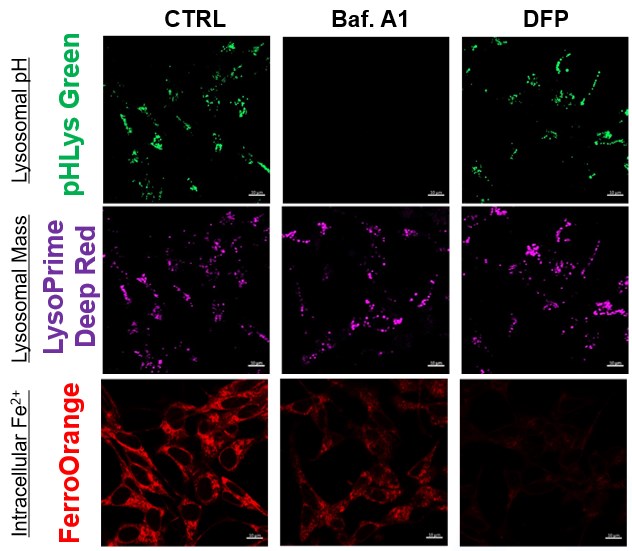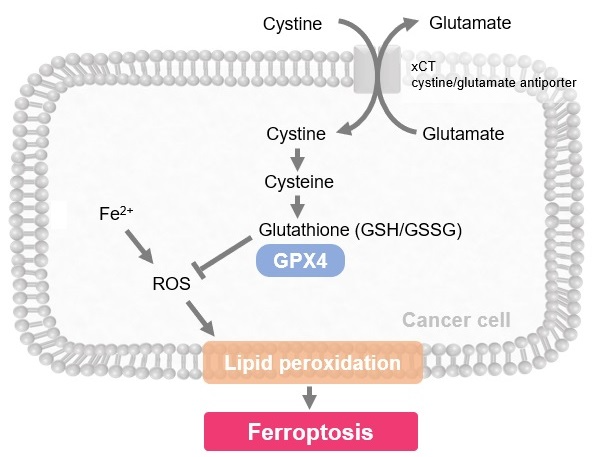Ferroptosis Activation, Inhibition, and Sensitization
|
Ferroptosis is a form of programmed cell death characterized by the accumulation of lipid peroxides to lethal levels and is distinct from other forms of cell death such as apoptosis or necrosis. In cancer, ferroptosis can act as a double-edged sword: on the one hand, inducing ferroptosis in cancer cells may be a promising therapeutic strategy, as many cancers are resistant to traditional forms of cell death such as apoptosis. On the other hand, cancer cells can develop resistance to ferroptosis, which contributes to therapy resistance and tumor progression. Understanding and manipulating the pathways that regulate ferroptosis in cancer cells holds the potential for developing novel cancer treatments and overcoming resistance to existing therapies. |
||||||
|
Targeted activation of ferroptosis in colorectal cancer via LGR4 targeting overcomes acquired drug resistance |
7-Dehydrocholesterol is an endogenous suppressor of ferroptosis |
Sensitization of cancer cells to ferroptosis coincident with cell cycle arrest |
||||
|
Point of Interest - Inhibition of LGR4-Wnt signaling sensitized drug-induced ferroptosis. - LGR4-dependent Wnt signaling upregulated SLC7A11, a key inhibitor of ferroptosis, leading to drug resistance. |
Point of Interest - On the other hand, 7-DHC accumulation confers a prosurvival function in cancer cells. - 7-DHC effectively protects (phospho)lipids from autoxidation and subsequent fragmentation due to its superior reactivity with peroxyl radicals. - Accumulation of 7-DHC induces a shift to a ferroptosis-resistant state in tumors. |
Point of Interest - Stabilization of p53 and inhibition of CDK4/6 decrease the expression of MBOAT1 and EMP2. - Loss of EMP2 increases cell sensitivity to GPX4 inhibitors by altering lipid metabolism. - An orally bioavailable GPX4 inhibitor shows in vivo activity. |
||||
| Related Applications | ||||||
|
||||||
| Related Techniques | ||||||
| Intracellular lipid peroxidation measurement | Liperfluo | |||||
| Mitochondria lipid peroxidation measurement | MitoPeDPP | |||||
| Intracellular ferrous ion (Fe2+) detection | FerroOrange | |||||
| Mitochondria ferrous ion (Fe2+) detection | Mito-FerroGreen | |||||
| Mitochondrial superoxide detection | MitoBright ROS Deep Red - Mitochondrial Superoxide Detection | |||||
| Total ROS detection | Highly sensitive DCFH-DA or Photo-oxidation Resistant DCFH-DA | |||||
| Lipid droplets detection | Lipi-Blue / Green / Red / Deep Red | |||||
| Antibody/Protein labeling with fast and high recovery |
Fluorescein, Biotin, and Peroxidase Labeling Kit - NH2 | |||||








